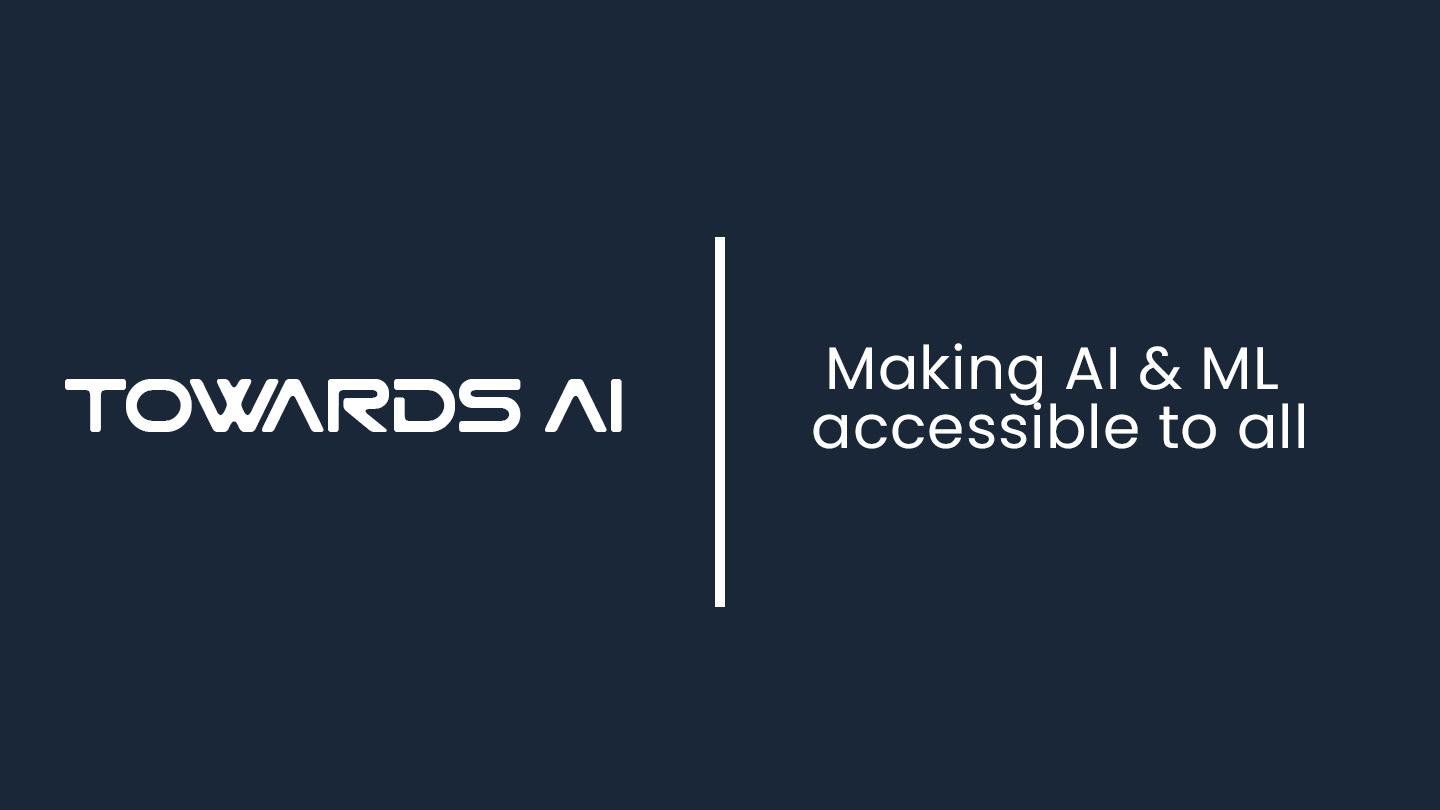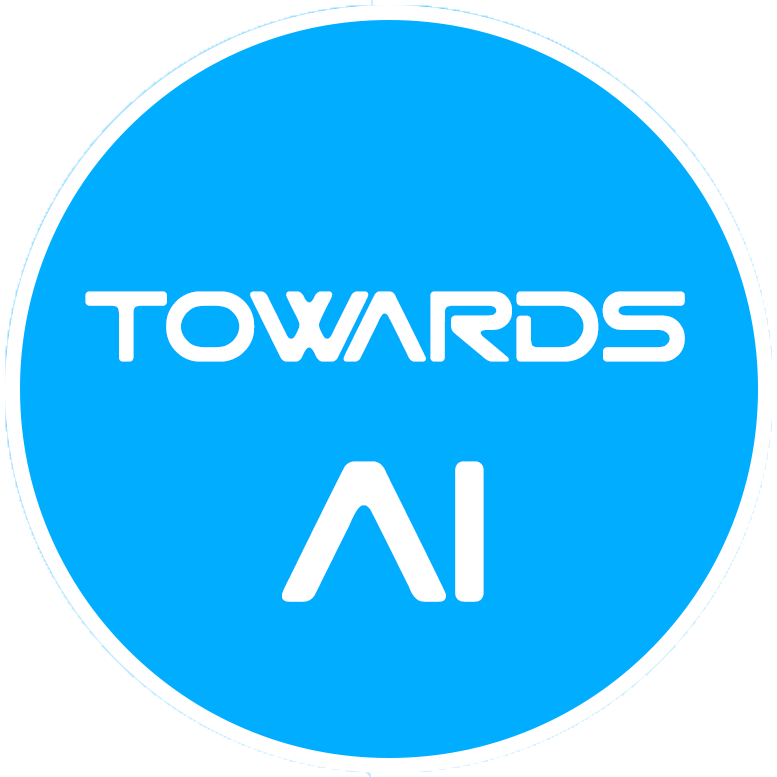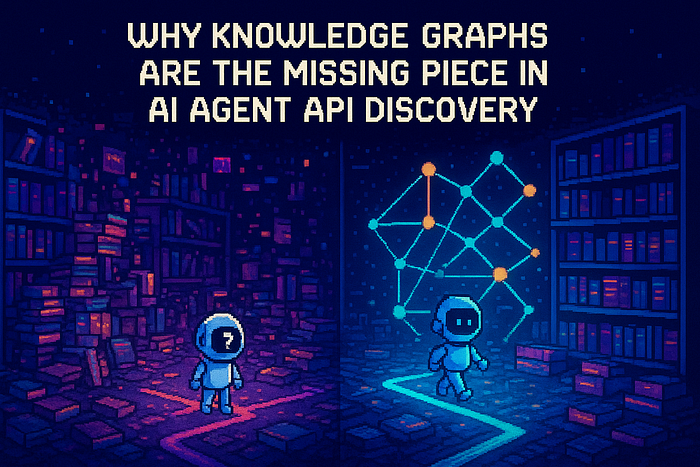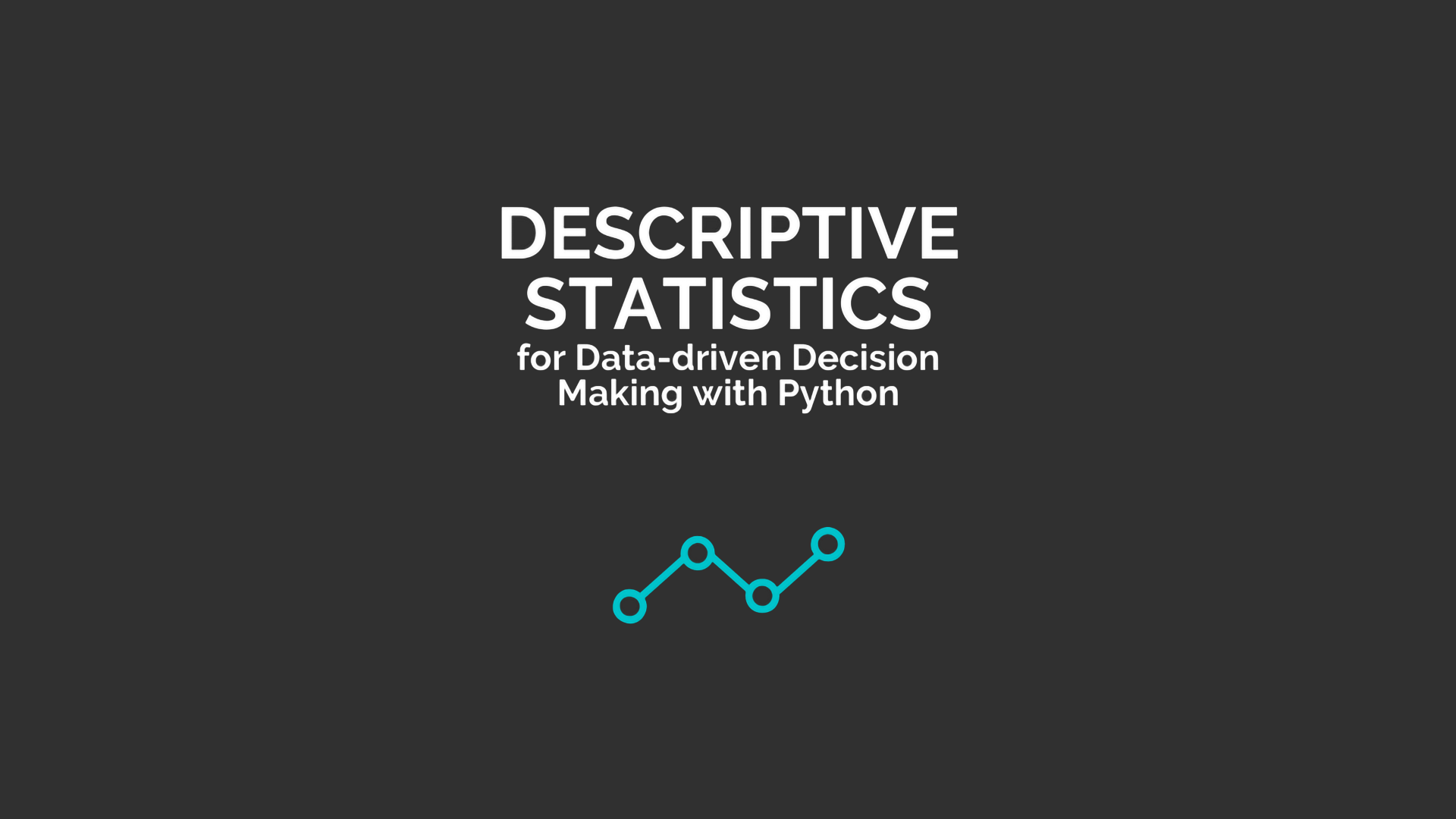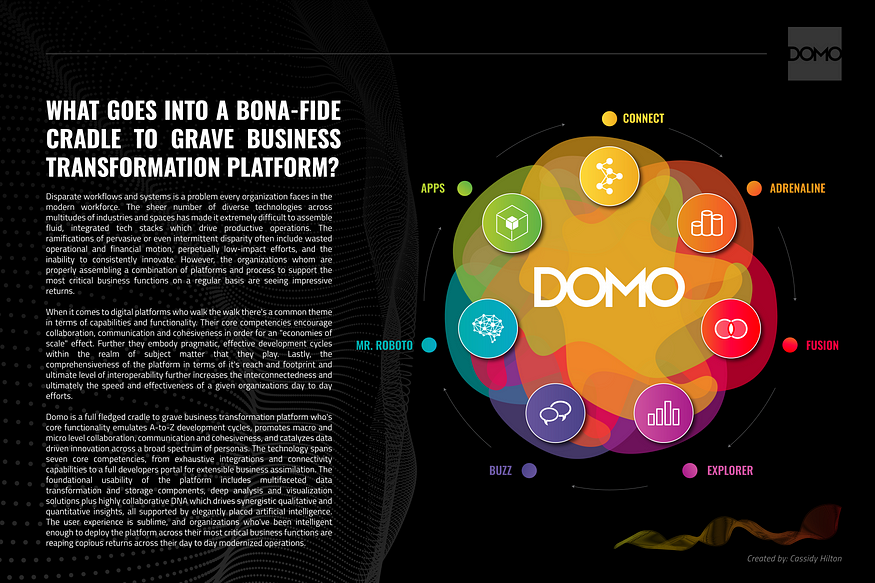The Good, The Bad, and The AI: One Month of Coding with Cursor
Last Updated on April 15, 2025 by Editorial Team
Author(s): Fredrik Appelros
Originally published on Towards AI.
My curiosity about AI coding assistants started when I found myself struggling to quickly ramp up on new technologies after spending years in leadership roles away from hands-on coding. Like many developers, I was intrigued by the rising wave of AI-powered tools that promised to streamline development, but I wondered — could they really help me bridge the gap? These AI assistants promised to revolutionize how we code — offering everything from intelligent code completion and real-time documentation lookup to automated testing and bug detection. The pitch was compelling: imagine having a senior developer looking over your shoulder, offering suggestions, catching errors, and helping you navigate complex codebases. They would supposedly cut development time in half or less, eliminate hours spent digging into third-party codebases, and make coding more accessible to developers at all skill levels.
But the reality often fell short. Early tools would frequently suggest non-sensical code or simply miss the context of what you were trying to achieve to the point where they were more an obstacle than an asset. But as AI technology evolved, particularly with the advent of Large Language Models (LLMs) trained specifically on code, these tools began to show real promise. The suggestions became… Read the full blog for free on Medium.
Join thousands of data leaders on the AI newsletter. Join over 80,000 subscribers and keep up to date with the latest developments in AI. From research to projects and ideas. If you are building an AI startup, an AI-related product, or a service, we invite you to consider becoming a sponsor.
Published via Towards AI
Take our 90+ lesson From Beginner to Advanced LLM Developer Certification: From choosing a project to deploying a working product this is the most comprehensive and practical LLM course out there!
Towards AI has published Building LLMs for Production—our 470+ page guide to mastering LLMs with practical projects and expert insights!

Discover Your Dream AI Career at Towards AI Jobs
Towards AI has built a jobs board tailored specifically to Machine Learning and Data Science Jobs and Skills. Our software searches for live AI jobs each hour, labels and categorises them and makes them easily searchable. Explore over 40,000 live jobs today with Towards AI Jobs!
Note: Content contains the views of the contributing authors and not Towards AI.

